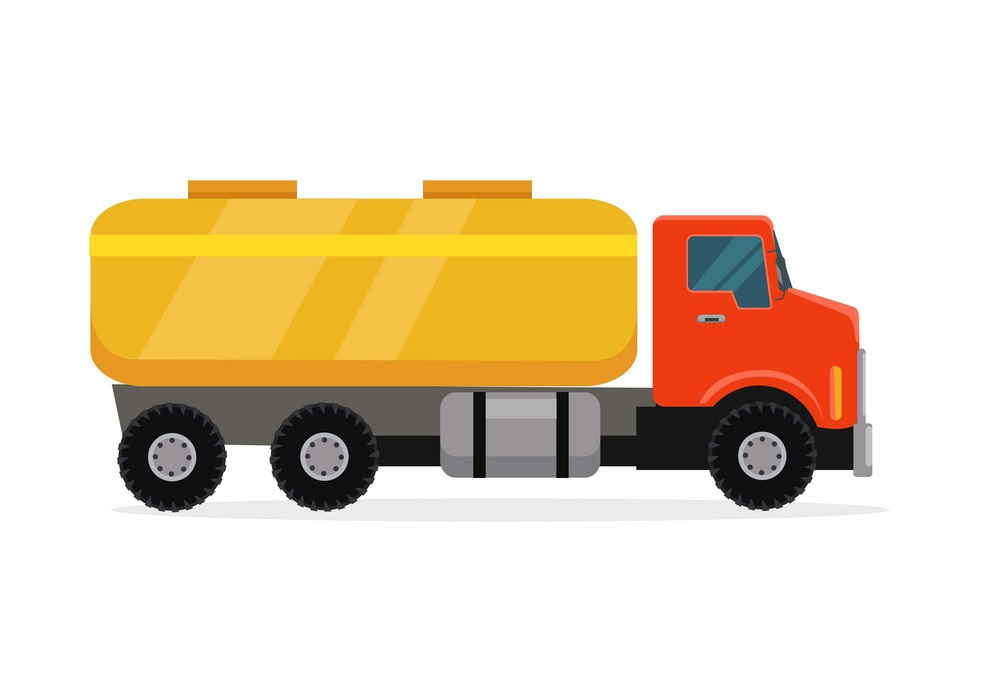Tankers are the trucks that are specifically built and designed in the most unique schemes. These tanks need such an engineering because they are used to transport liquid and gas loads. At times they are also used to transport dry and bulky cargo across very many regions and nations.
When you take a close and keen look, you will realize that tankers have a very peculiar design and shape. These types of trucks are purely distinguished from the rest. They possess a cylindrically shaped tank that is horizontally placed on the truck’s body. There are very few common characteristics that are involved with the tank’s compliance especially with human food regulations, acid resistance, refrigeration capabilities and pressurization proficiencies.
The most significant vehicles that are in the tanker family are the ones that have a similar look to railroad cars. These types of tankers are specifically designed and shaped for liquids loads. Basically, there are a variety of tanker trucks that are available out there. Every tanker is adapted to transport a variety of loads. Tankers are very challenging to drive. They have a unique and elevated center of gravity.
Every product is transported in a unique manner. When it comes to food, there are a special means of transportation for such commodities. If it’s drinks, there is that kind of transport, From alcohol transport to milk to clean water transport.
How Tankers Are Constructed and the Materials that Are Used
Tankers are made from carbon steel, aluminum, fiberglass-reinforced plastic and stainless steel. Tankers are constructed depending on the product that is going to be transported. Technically, tankers range between a capacity of 5,500 and 11,600 gallons. Tankers with this capacity are the ones that are commonly used in the transportation of gasoline to various gas stations. Other known uses of tankers are the transportation of milk, concrete, water and industrial chemicals.
Tankers possess up to six compartments inside. These subdivisions allow for an easy and fast delivery of multiple products at the same time. This mechanism is used when a tanker is delivering diverse grades of gas to a gas station simultaneously.
All small tankers have a capacity of about 3,000 gallons. These small tankers are utilized to transport lightweight cargo taking in different regions across the country. The most seen tankers are the small ones. These ones are even seen in our neighborhoods. Most of them are septic tanks that come to collect and suck out waste and transport to a collection center.
Other minor uses of small tankers are to transport light liquefied petroleum gas. They transport gas to various households around the community. About 1000 gallons of pressurized gas and liquefied gas is packed into these tankers.
Food tankers are specifically made to move from one point to another. Most food tankers are designed to transport milk. However, there are food substances that can be packed in tankers. They include alcohol, fruit juices, vinegar, vegetable oil, corn syrup and some dairy products like milk. Food tankers are always required to undergo intense and thorough sanitation procedures.




